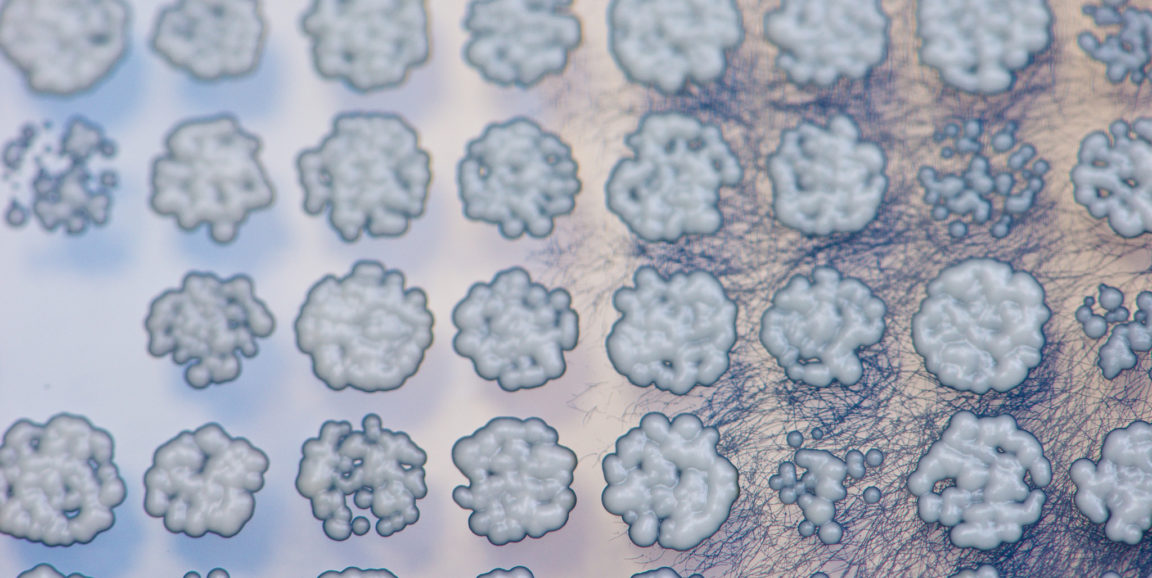Many of the most important gene variations for giving rise to diversity within a species are hiding in plain sight, according to a study of yeast recently published by two Stanford researchers.
And the discovery very likely applies to other organisms, including humans, says Daniel Jarosz, PhD, an assistant professor of chemical and systems biology. Jarosz and graduate student Richard She published the article in the journal Cell.
These unexpectedly impactful gene variants are what's known as synonymous substitutions, because they code for the same amino acids despite their genetic differences.
"We found many things in the study, but one of the biggest surprises is that the genetic variants that matter for new phenotypes are often the ones that we systematically ignore. The big surprise is the degree to which synonymous mutations matter," says Jarosz.
While most of the gene changes that led to new traits were the sort that would switch the resulting amino acid, about a quarter considered in the study were of the synonymous variety.
To understand what this means, here's a (very) quick genetics refresher: DNA is a strand made of four different building blocks -- chemicals known as nucleotides. The nucleotides are all made of three chemical parts: a sugar, a phosphate group and one of four bases, which are the "letters" that form the basic units of our genetic instructions. The bases are adenine (A), cytosine (C), thymine (T) and guanine (G).
The cell reads the DNA code in groups of three bases, with each three-base combo representing an amino acid, which are the building blocks of proteins -- the major movers and shakers in living organisms, as well as the components of much of the organism's actual structure.
In some cases, more than one three-base combo codes for the same amino acid, in other words, they're "synonymous." For example, TTT and TTC both correspond to the amino acid phenylalanine. You wouldn't expect a synonymous substitution to make much, if any, difference in how organisms look or behave. And that's why geneticists systematically ignore them.
The new finding suggests a closer look might lead to the recognition of previously overlooked genes with relevance to disease, Jarosz says.
To make their discovery, Jarosz and She created a high-resolution map of genes that result in trait variations in the yeast Saccharomyces cerevisiae, pinpointing 370 variants across 26 quantifiable traits -- traits such as growth when exposed to various heavy metals and antifungal drugs used in the clinic. Their new mapping strategy enabled them to ratchet up the resolution to single nucleotides.
Creating a similarly high-res map for organisms with genomes larger than that of yeast would be challenging, but might be possible if they're not too large, says Jarosz. The genome of S. cerevisiae consists of about 12 million base pairs and 6,275 genes. For comparison, the human genome consists of about 2 billion base pairs and 20,000 genes. Perhaps the fruit fly, Drosophila melanogaster? It has about 139.5 million base pairs and close to 16,000 genes.
Jarosz is planning to stick with yeast for now. One of his next projects will be to see how the gene variants interact with one another. "We know that if you have one mutation it can affect the outcome of a second one. But when people look at clinical data, they make a pragmatic assumption that there's no interaction. We know that's wrong, but it's something statistically required because we don't know what the rules of those interactions are," says Jarosz. He's hoping to figure those rules out.
Photo by Conor Lawless




